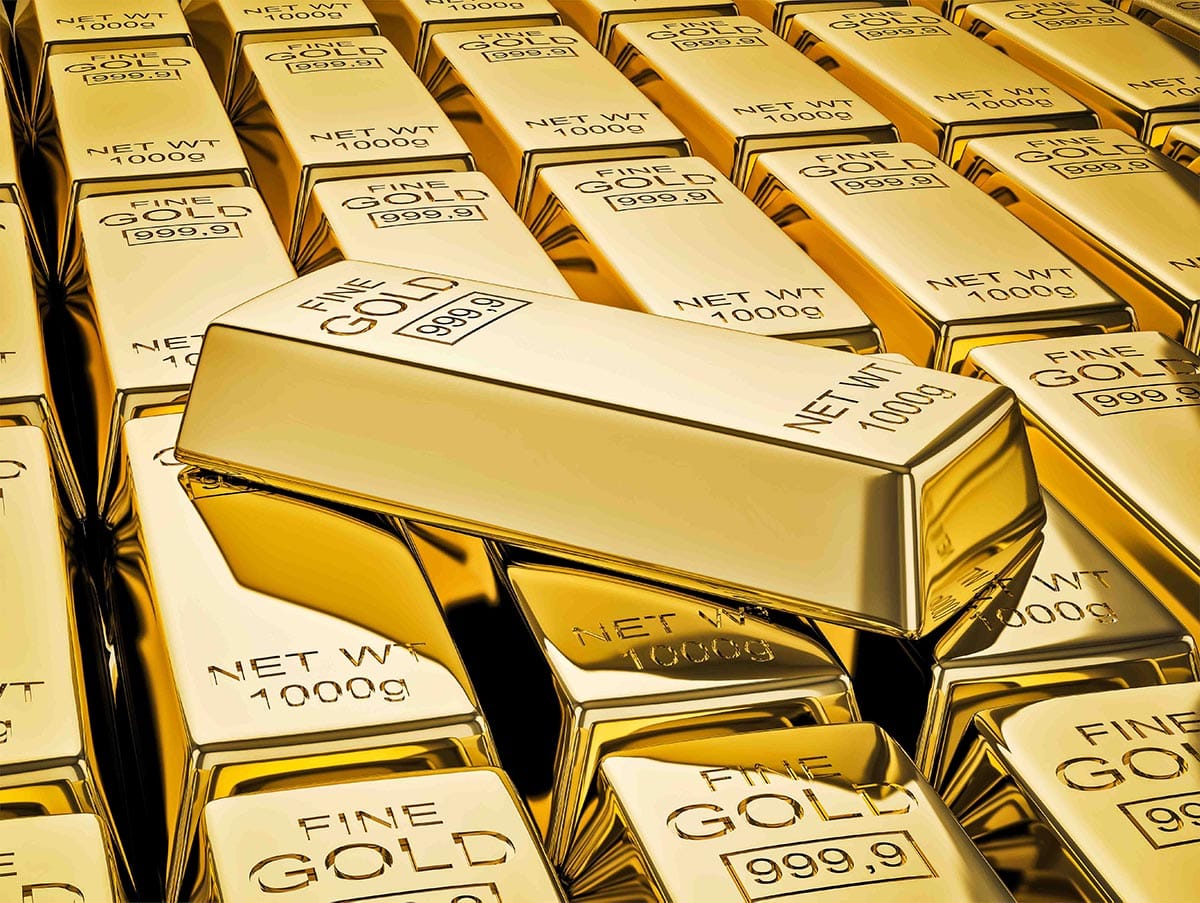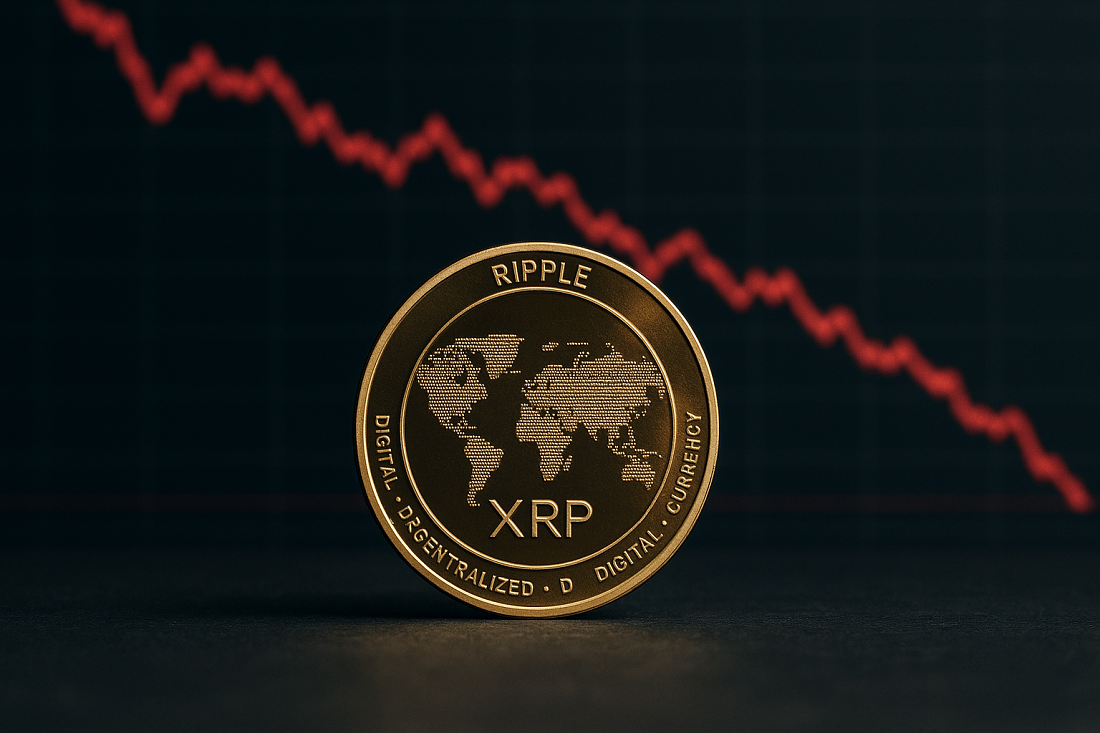Gold prices hit a new all-time high (ATH) this week, breaking through the $2,660 per ounce barrier. Given that the precious metal is considered a safe haven asset, the price increase could signal that the market is anticipating an economic crisis.
The ATH occurred after the The US Federal Reserve (Fed) will announce a reduction in interest rates by 0.5 points, bringing it to 5%. This is the first cut since 2020.
As CriptoNoticias has already reported, with the reduction in interest rates, the cost of loans also decreases, liquidity increases and Treasury bond yields fall. This monetary policy increases the appetite of investors, who are betting on assets considered at risk which usually generate greater profitability.
However, such a sharp cut may be necessary to boost the economy and avoid a recession.
In this context, since last Friday the price of gold has been marking new ATHs until reaching the area of 2,660 dollars per ounce.
At the time of publication of this note, the price is $2,655 per ounce.

In this regard, specialists from “The Kobeissi Letter”, a capital market analysis newsletter, warn: “gold is traded as if we were in a crisis” and highlights that If the precious metal closes at its current price on December 31, it would record its highest period since 2010.
But he also clarifies that gold could “live its best year since 1979”. It was then that the precious metal rose 126% in a single year.

What happened in 1979?
Gold experienced one of its best years in 1979 due to a series of geopolitical and economic factors that prompted investors to seek it out as a safe haven.
Inflation in the United States at that time was in double digits and despite the efforts of the Fed to apply more restrictive monetary policies it could not avoid a record price indexsuch as the 13.9% annual rate recorded in January 1980.

At that time, the president of the organization was Paul Volcker, who had committed to reducing inflationTo do so, he decided raising interest rates by 10% in August 1979 to around 19% in January 1981.
Conflicts in the Middle East also boosted demand for gold in those years. The most notable are the Iranian Revolutionwhich ended with the dismissal of Shah Mohammad Reza Pahlavi, who had the support of the United States and the United Kingdom. Another event was the crisis of the hostages in Tehranwhen a group of Iranian students took 66 diplomats and citizens hostage.
As a result of these tensions, the supply of oil was affected and energy costs skyrocketed againwhich led to double-digit inflation throughout 1979.
Finally, it should be noted that due to the weakness shown by the dollar against other currencies, influenced the price of gold.
Since the ounce is quoted in dollars, it was less expensive for investors from other countries to acquire the precious metal.
Current context
For the analysts at The Kobeissi Letter, something “doesn’t add up” because “the Federal Reserve is cutting rates as if we were in a recession while calling for a ‘soft landing.’”
That term is used when an economy is experiencing accelerated growth or inflation and manages to gradually slow down without falling into a recession.
However, according to these specialists, “the real problem here is that the US federal debt is out of control.” They also add:
The analysts clarify:
“Interest expenses on the U.S. federal debt are now at a record $3 trillion a day. That’s three times the amount paid 10 years ago and has doubled in 2 1/2 years.”
The Kobeissi Letter, capital market newsletter.
Kobeissi Leter also shows a graph that shows the increase in the US debt during each month since January 2020“This is a crisis,” say experts.

The truth is that in the newsletter created by the financial specialist, Adam Kobeissi, it is highlighted that There are similar patterns to those of 1979, such as a weakening economy due to geopolitical tensions (the conflict between Iran and Israel and the Russia-Ukraine war) and a deficit spending of the gross domestic product (GDP) by the US government that is at the same levels as in the Second World War.

Bitcoin as “digital gold”
In this complicated context for the economy of the main financial power worldwide, the question arises whether the narrative of bitcoin (BTC) as “digital gold” can prevail.
As CriptoNoticias reported, BlackRock, the world’s largest asset manager, highlights that the digital currency created by Satoshi Nakamoto “is a unique diversifying asset” although it is still in its early stages of adoption as a means of payment or store of value.
In his latest technical reportargues that “BTC’s unique characteristics can make it a hedge against risks that traditional assets cannot address, particularly in times of heightened geopolitical and economic uncertainty.”
Some of these features are that BTC has a capped supply of 21 milliona factor that influences its price in the medium and long term.
In this way, bitcoin differs from Fiat money that is constantly devalued by inflation by issuance of central banks.
Its inherent scarcity is what can generate interest from both institutions and small investors, especially in contexts of high inflation or geopolitical conflictsThe report highlights:
“As more investors understand and appreciate the ‘digital gold’ nature of bitcoin, it is reasonable to expect that they will continue to use this tool. This may sustain or increase the price in the long term.”
BlackRock, a financial asset management company.


